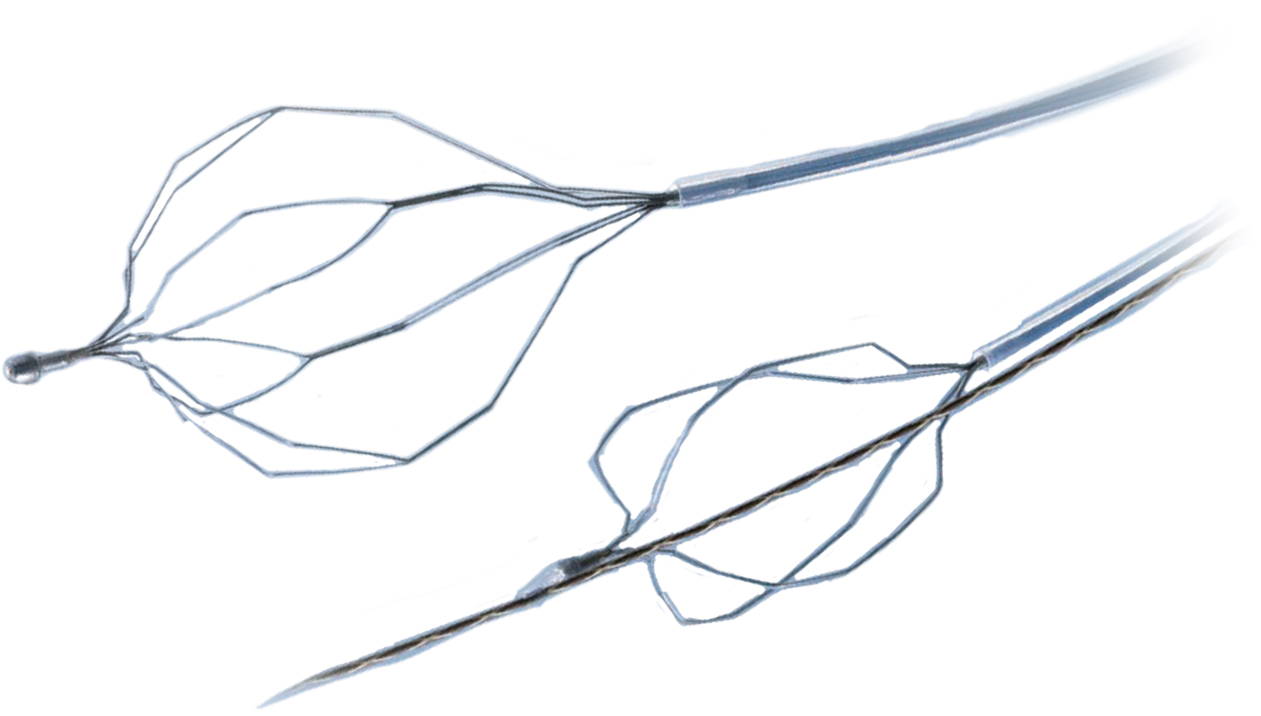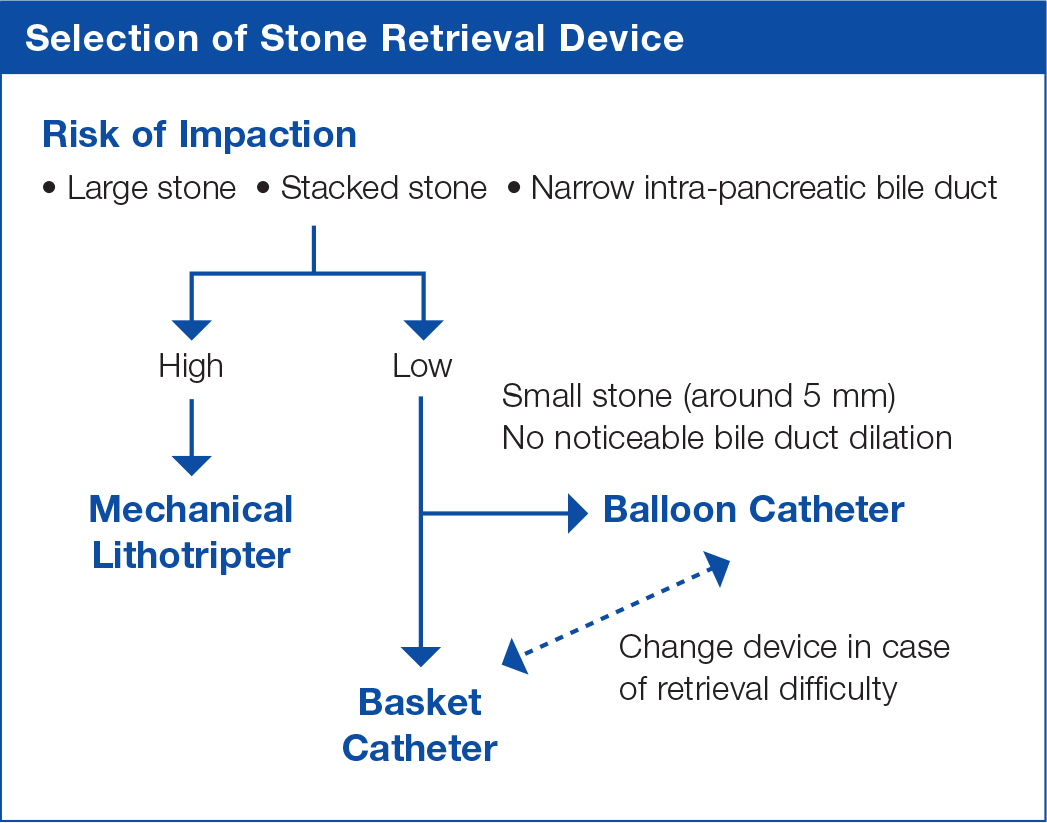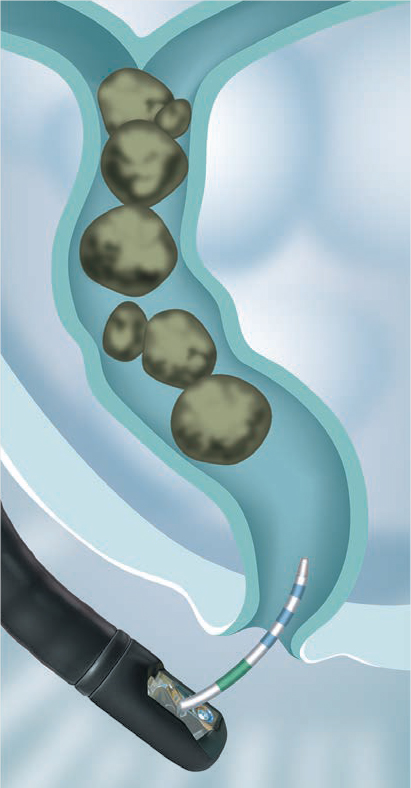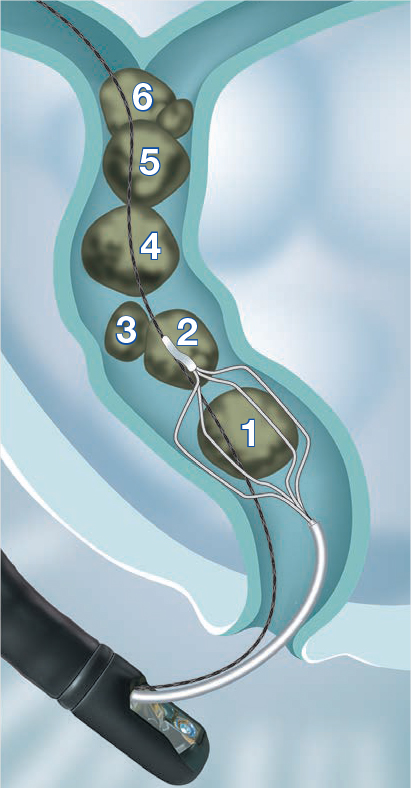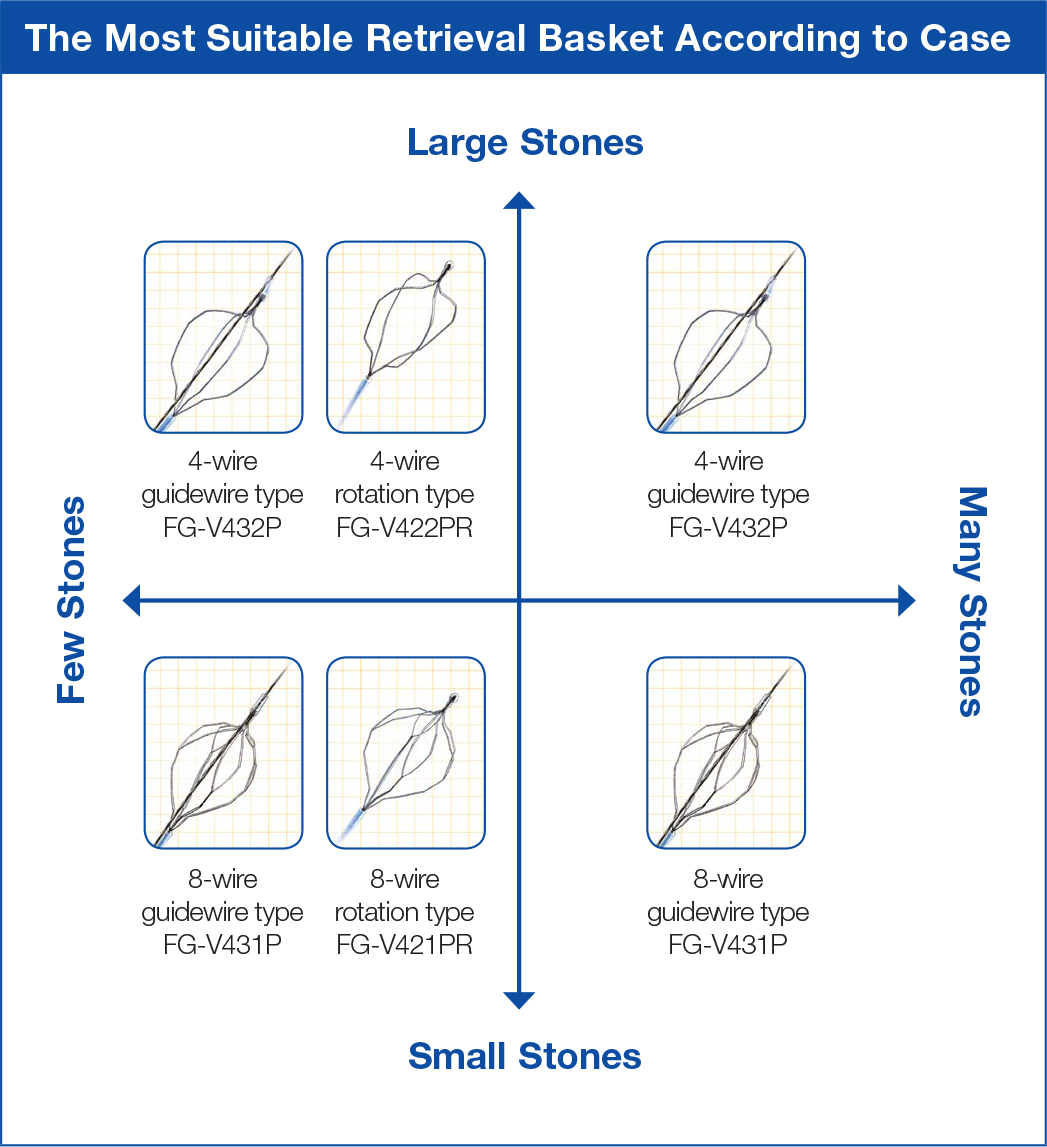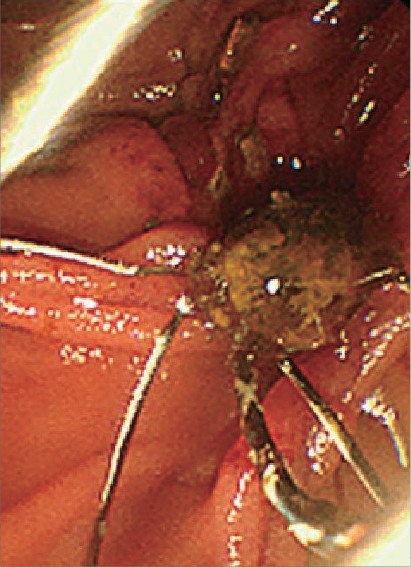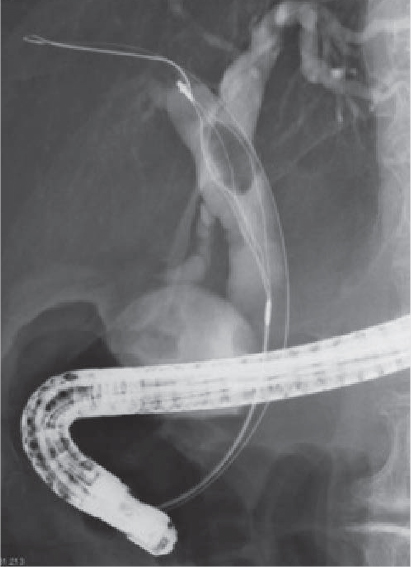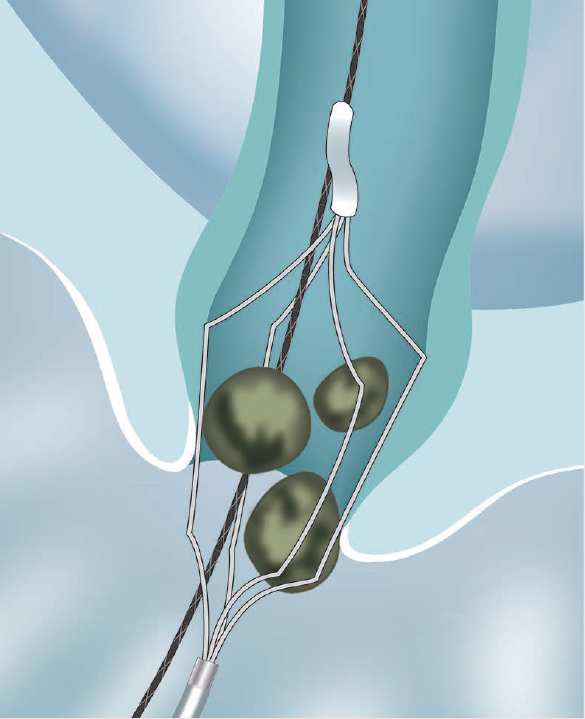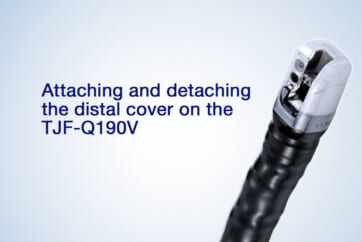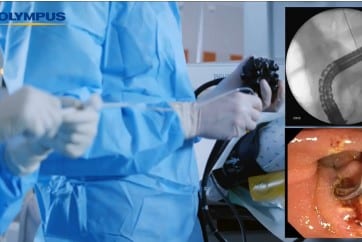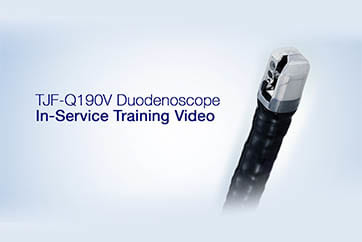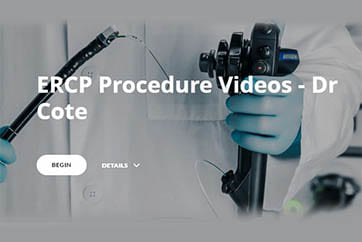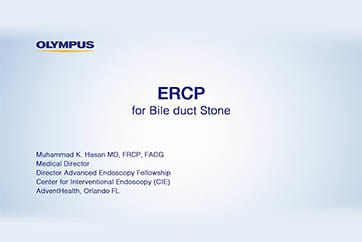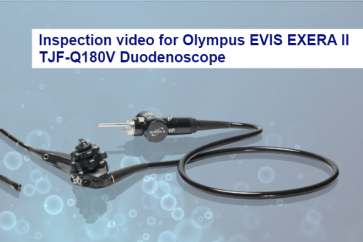Retrieval Basket
Akio’s Strategy – FlowerBasketV™ and TetraCatchV™ Devices

Akio Katanuma, MD
Director, Center for Gastroenterology Teine-Keijinkai Hospital
Dr. Akio Katanuma is a paid consultant of the Olympus Corporation, its subsidiaries and/or its affiliates.
Any claims and/or comparisons within this article are solely the opinion of Dr. Akio Katanuma, MD.
When to Switch from EST to EPLBD
Whenever possible, we select EST for the papillary treatment. The extent of incision is basically the medium incision (until the encircling fold). EPLBD is being used more often now than in the past and, provided that the selection criterion is met, we believe it can be performed successfully by prioritizing the success of lithotomy and the time taken for the procedure.
In our opinion, EST is fundamental for performing EPLBD. As with ordinary EST, we use a medium incision width.
Selection of Stone Retrieval Device
Although there are several preconditions, we believe that the device to be used depends on the size, number and properties of stones, as well as the bile duct diameter. If the risk of impaction is expected to be high, then the lithotripsy basket should be selected. I personally select a basket most frequently, and am also of the opinion that the basket can still be selected even if the stone is not so large and seems easy to remove. Normally, we select a basket in cases with relatively high difficulty levels where catching performance is in question – for example, with a dilated bile duct
What is important is to select the optimum device by considering all the different factors in each case. When it is difficult to decide which is the best option, choose your favorite device and procedure.
Caution When Using a Basket
We retrieve stacked stones by grasping them a little at a time using a basket. Though this is a textbook story, care should be taken against impaction by retrieving the stones in order from the papilla side. With stacked stones, expand the basket slowly on the side of the stone to be retrieved. If the basket is expanded forcefully, there is a risk of displacing stones or grasping undesired stones. It is therefore important to work closely with the assistants.
Image of a Stone Being Grasped
Begin retrieval from the stone at the bottom. Slowly open the basket so as not to push the stone at the top into a deeper area. The key is to withdraw the sheath toward the proximal end at the same time as opening the basket.
Choosing a Basket
Olympus provides baskets that can be selected according to each case. Our first choice is generally the TetraCatchV™ device (FG-V432P). This is a guide wire type and the main reasons for choosing it are its excellent approachability thanks to the wire-guided design and the low impaction risk thanks to the simple basket shape.
For most ordinary-size stones, the TetraCatchV™ device is more than fit to purpose. However, when dealing with smaller stones that tend to slip off the TetraCatchV™device, we believe that the FlowerBasketV™ device is an effective alternative.
Coping with Difficult Cases
When stones are hard to remove with ordinary methods – for example, in cases with a dilated bile duct or with a pocket on the lower bile duct, it may be worth considering the use of the rotation facility.
At some hospitals, the stones are scraped off by opening the basket in the region from the lower bile duct to the papilla and making use of the expansion force of the basket itself. The design of the Tetra (4-wire) makes it suitable for this type of retrieval using expansive force.
Guidewire Type 4-wire
Making Use of Basket's Expansive Force by Scraping off Stones
High Basic Performance
Olympus baskets are designed to offer excellent performance in a number of critical areas. One of these is sheath elasticity. The “pliability” of the flexible sheath must be finely balanced to ensure possible smooth insertion under the wire-guided procedure without causing axial deviation.
Olympus has achieved just the right level of elasticity to ensure the highest level of performance. This feature proves especially valuable when repeated approaches are necessary, as proper “pliability” can reduce procedure time and minimize operator stress.
* All images are Olympus owned unless otherwise indicated
- Content Type

